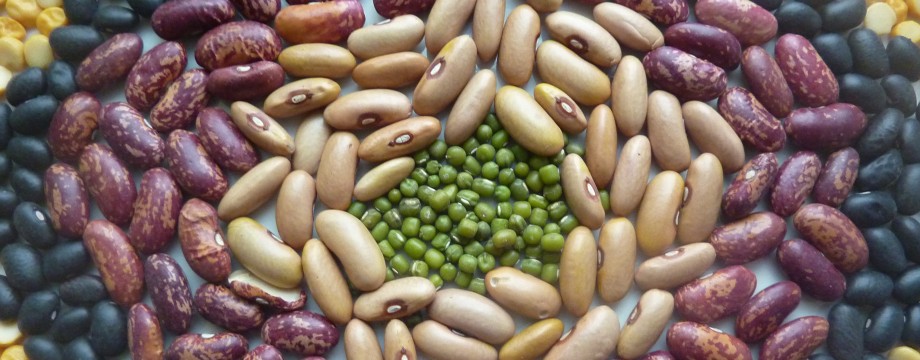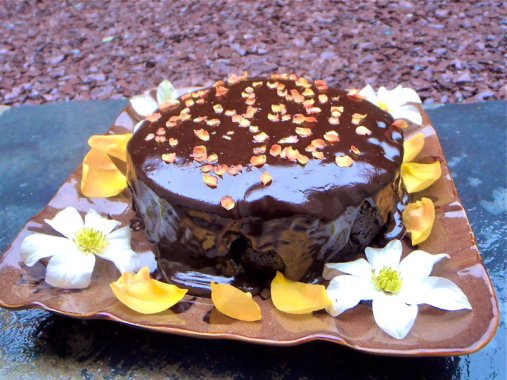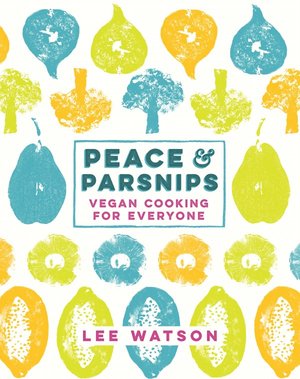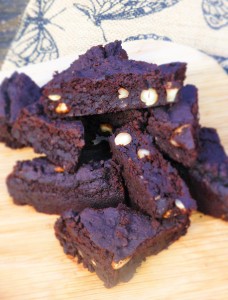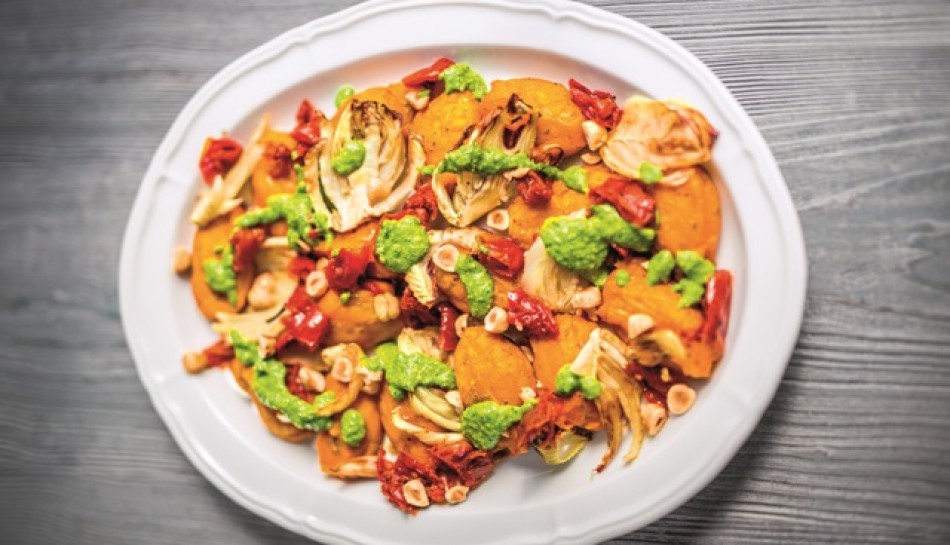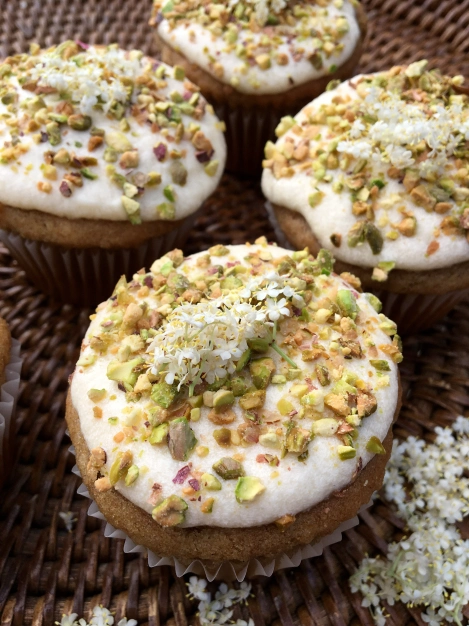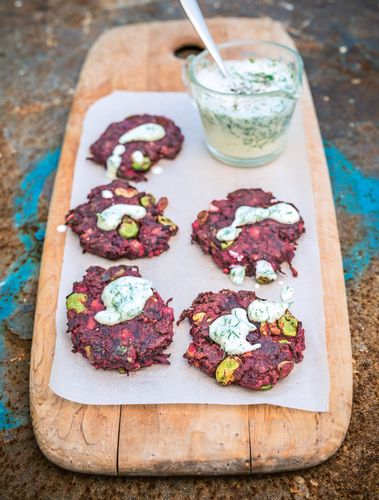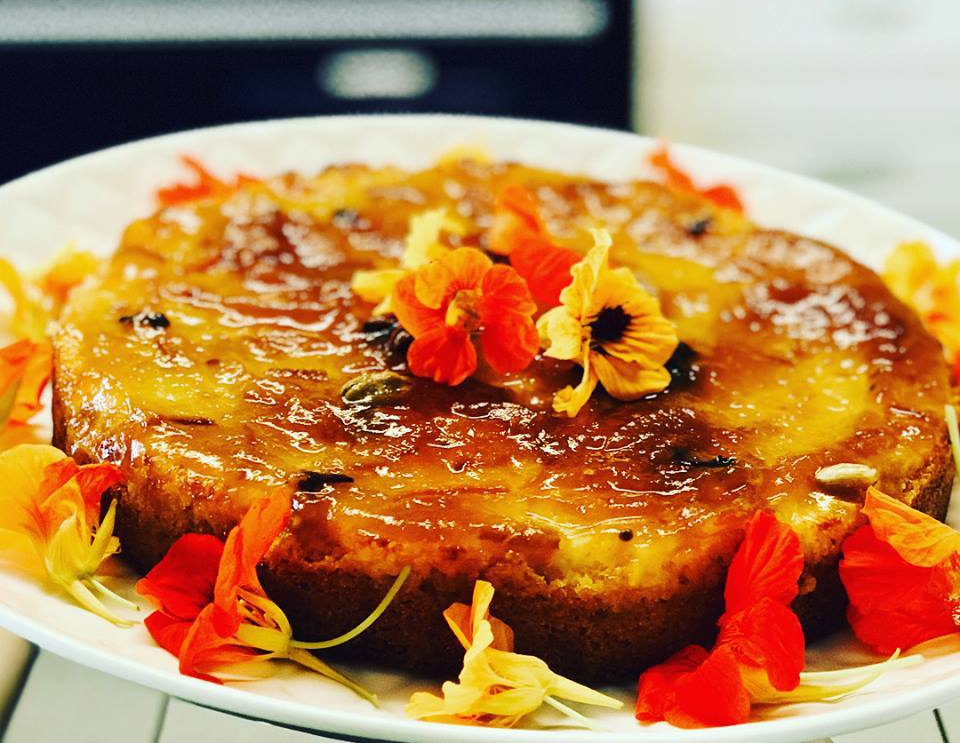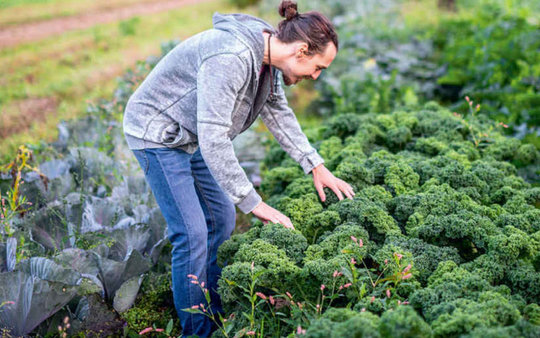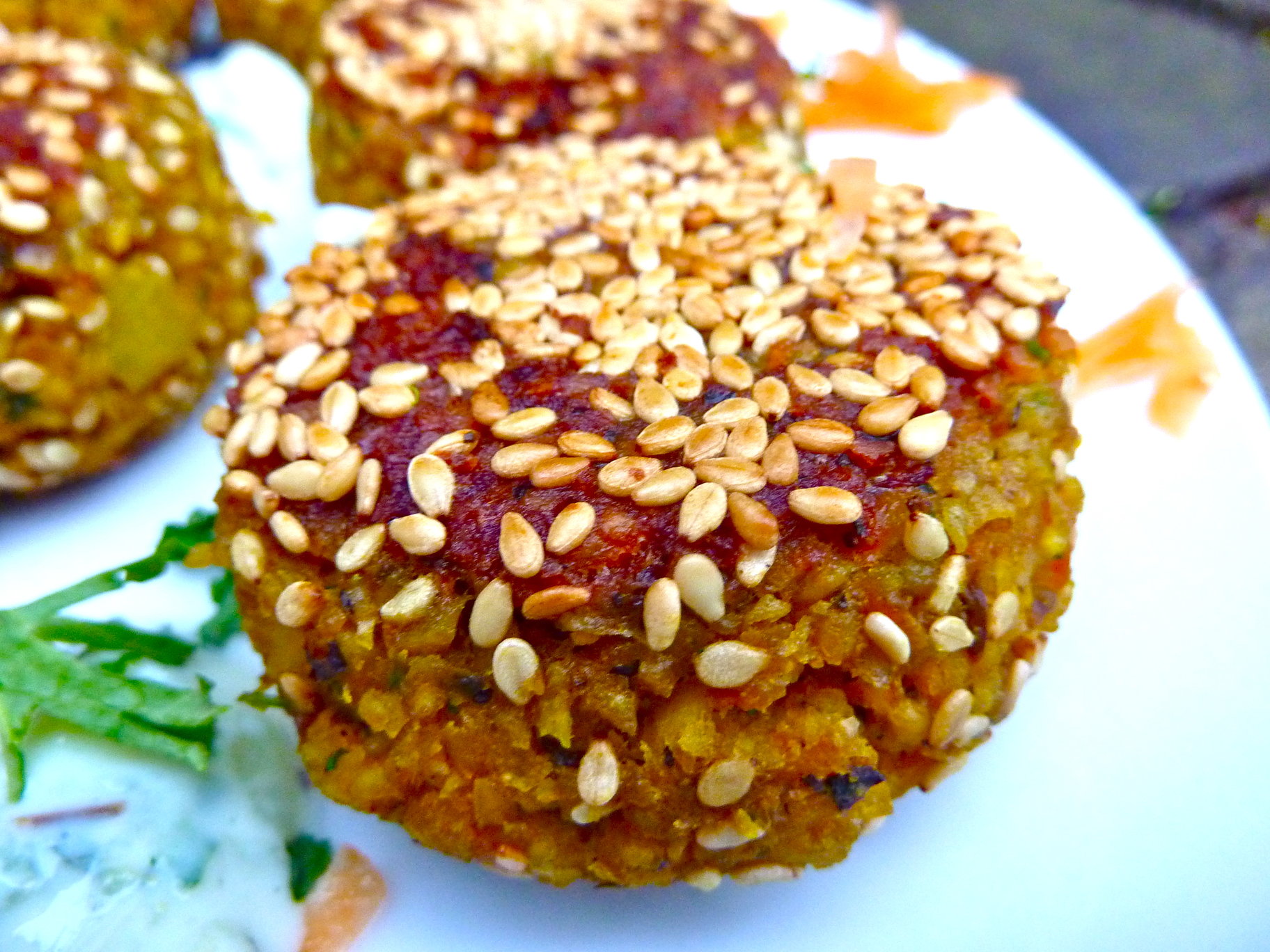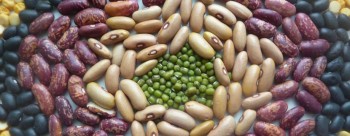
Celeriac, Brussel’s Sprouts, Swede, Squash and Potato Crisps – Food waste made tasty!!
These just make perfect sense. Transforming, what for many, is food waste into something delicious.
Why throw all those vegetable peels away? Especially when you can make these delicious, light crisps. They’re very tasty and they crisp up beautifully and are so easy and quick to prepare.
Veg peels are also packed with vitamins, fibre and minerals. We normally throw away by far the most nutrient-rich part of the vegetable! See below for more, ‘Foodie Fact‘.
I used some of my favourite winter vegetables; celeriac, squash, potato, swede, Brussel’s sprout leaves and parsnip. I think these crisp are ideal when you’re making a big dinner, when your food waste bowl fills up, it’s time to get excited. Peel crisps are on the menu!
I’ve been making a vegetable and potato broth for a while now and needed a crisp topping, something that would be light and packed with flavour, with that very crisp texture. Here they are! They arrived by chance the other day, I was frying off some rostis and had a large bowl of vegetable peels……It just fell nicely into place. I was blown away by the results, you’ve got to try these out!
FLAVOUR IDEAS
You can flavour these crisps with anything you fancy, some smoked paprika is nice, I fried some fresh herbs, which gave a earthy, full flavour to the crisps, plus, you can eat the herbs as well. A sprinkle of sea salt is essential. Try seaweed flakes, nutritional yeast flakes (NOOCH!), mushroom powder, za’atar and sumac (especially yum), citrus zest, garlic powder and chilli, mixed spices, you can even make peelings like sweet potato and carrot into a sweet snack, with cinnamon and sugar.
I’ve given you two options for cooking, roasted in an oven or fried in oil. As you would expect, the fried in oil option is a crispier way of doing things.

So crispy, these are the best!
HOW BEST TO PEEL – HARD LEARNED LESSONS
There are many ways, this is mine, hard learned from years of peeling piles of vegetables in kitchens. Here we go. Use a sharp, French peeler, they’re by far the best and most efficient. A blunt peeler is a recipe for grunts and straining. A sharp peeler will glide, most of the time, through the veg peel.
Have a food waste bowl handy, it keeps your kitchen surfaces clean and tidy and ensures your chopping board is kept clean. Working in a clean and efficient way in the kitchen is essential.
The easiest way to peel anything is to not pick it up. Leave it on the board, hold it down and peel away. You’ll find that holding a vegetable in your hand, especially large, heavier veg like squash or big potatoes, lead to exertion and strain. Let the board and the sharp peeler do most of the work for you. Because the veg is stable, you’ll also notice you’ll get longer and better peels to make crisps out of. I hope that makes sense, it took years for me to figure this one out!!
A good peeler is sharp, be careful when peeling.
Recipe Notes
Try out any veg peels, but make sure they’re nice and dry. Pat them with kitchen paper or a clean kitchen towel.
Make sure you wash your vegetables thoroughly and give them a good scrub.
Use any veg peelings, beetroot, sweet potato, carrot, for example, are also delicious.
I use a French Peeler when peeling vegetables, they’re the best. If your peeler is nice and sharp, you’ll get nice thin, uniform peels. That’s what we’re looking for. The longer the better.
These veg peels are best cooked fresh, not too long after you peel them.
It’s always a good idea to use organic veggies when you can, especially with these crisps.
You know your oven, these crisps will burn quickly if you have hot spots, make sure you turn them and move them around on the tray to get even cooking.
If you’re going to fry them, and in fact generally with cooking, use an oil with a high smoking point. Cold pressed rapeseed oil works very nicely for me.

Vegetable Peel Crisps – My new favourite snack
Vegetable Peel and Herb Crisp
The Bits – For One Small Bowlful
4 big handfuls vegetable peels – I used celeriac, squash, potato, parnsip, swede, outer leaves of Brussel’s Sprouts
1 large sprig fresh rosemary
1 large sprig fresh thyme
Cold pressed rapeseed oil
Sea salt
Do It
Frying
In a small saucepan, add an inch or so of oil. Warm on a high heat.
Pat your vegetable peelings dry with kitchen paper. Making sure there is non excess water.
Test the oil is hot by dropping a single veg peel into the pan, if it sizzles frantically, it’s ready.
Add your peelings and herbs to the pan, stir a little so they don’t stick. Don’t overload the pan. Fry into batches if needed.
Fry until crisp and golden. Remove using a slotted spoon and place on a plate lined with two layers of kitchen paper, leave the crisps to drain off excess oil.
Serve straight away, season and flavour as you like.
Baking
Preheat an oven to 190oC.
Pat your vegetable peelings dry with kitchen paper. Making sure there is no excess water.
Toss the peelings and herbs in a bowl with 2 tbs cooking oil until well coated. Add spices or flavourings now if you’re using them.
Spread them out, without overcrowding, on a large baking tray.
Pop in the oven, bake for 5-7 minutes. Turn the crisps and bake for another few minutes. Check them at this stage, this is the burn zone, when they may well go from perfect to a burnt crisp in a minute. Keep your eye on them!
Foodie Fact
Most of the nutrients of vegetables is found just below the skin, so basically, we normally throw the best bit away! This varies from veg to veg but generally, veg peels contain considerably more vitamins, fibre and minerals than the rest of the vegetable. The same can be said for many vegetable leaves.
Here’s a quick example; it’s said by some that non peeled apples contain over 100% more vitamin C and A than peeled apples. Plus over 300% more vitamin K. Pretty impressive!! A non-peeled potato contains over 100% more potassium, vitamin C, folate, magnesium and phosphorous, than a peeled one.
The research on this, like with most things nutrients and health, varies. But from what I’ve read, everyone agrees that veg skins contain good amounts of the right stuff.
The skin also contains loads of anti-oxidants and fibre. So if you feel like being healthier, leave your skins on!
